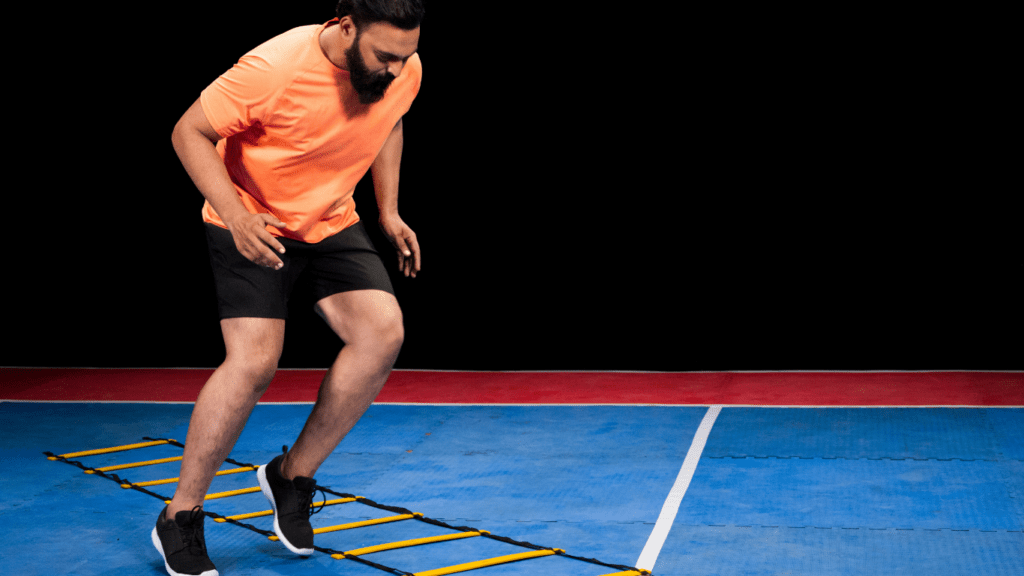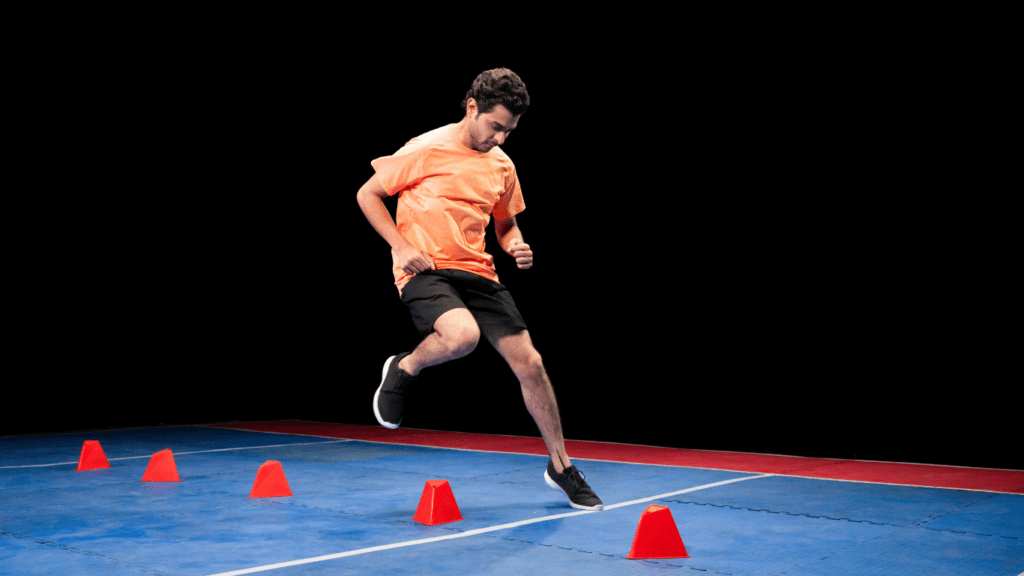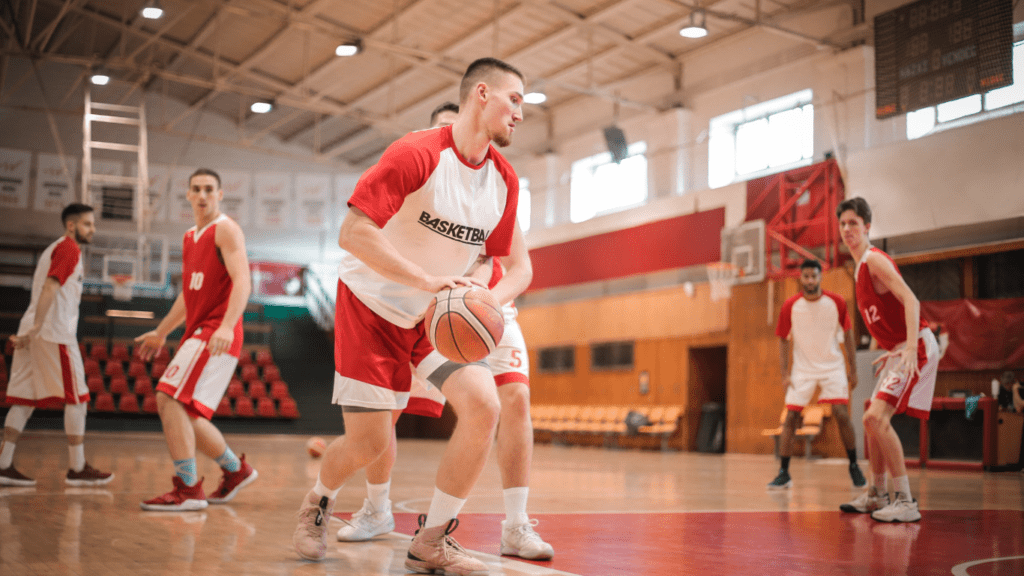When it comes to mastering a skill, the journey can feel overwhelming. I’ve often found myself wondering how to progress without risking injury or burnout. That’s where the concept of progressive overload comes in.
It’s all about gradually increasing the demands on your body and mind, allowing for safe and effective growth. In this article, I’ll explore how progressive overload applies to skill training. Whether you’re an athlete, musician, or artist, understanding this principle can help you level up safely.
By implementing small, manageable changes, you can enhance your performance while minimizing the risk of setbacks. Let’s dive into how you can apply these techniques to your training routine and achieve your goals.
Understanding Progressive Overload
Progressive overload is essential in skill training, facilitating growth while preventing injury and burnout. This approach involves systematically increasing demands on the body and mind, enabling effective skill mastery.
Definition and Importance
Progressive overload refers to the practice of gradually increasing the intensity, volume, or complexity of training to enhance performance. This principle is crucial as it encourages adaptation, promoting improvements in strength, endurance, and skill level.
By implementing progressive overload, I can consistently challenge myself, ensuring continued growth and preventing plateaus. It fosters confidence, as I’ve experienced enhanced capabilities over time, reinforcing my commitment to training.
Principles of Progressive Overload
- Incremental Adjustments: I make small, manageable changes to training variables, such as duration, intensity, or frequency, to avoid overwhelming myself. Gradual increases in load help my body adapt and prevent setbacks.
- Consistency: I maintain a regular training schedule to reinforce adaptations. Consistency allows my body to adjust over time, making progress sustainable.
- Variety: I incorporate varied exercises and modalities to challenge different aspects of my skills. Changing activities ensures my training remains engaging and balanced.
- Monitoring Progress: I track my performance through metrics, such as repetitions, weights, or timing, to assess improvements. Analyzing data helps me identify when to apply further overload effectively.
- Recovery: I prioritize rest and recovery to support adaptations. Allowing adequate recovery time between sessions prevents fatigue and reduces the risk of injury, facilitating ongoing progress.
By understanding and applying these principles, I can effectively leverage progressive overload in my skill training.
Types of Skill Training
Understanding types of skill training helps in applying progressive overload effectively. Two main categories of skill training exist: physical skills and cognitive skills.
Physical Skills
Physical skills focus on the body’s abilities and include various disciplines, such as athletics, dance, and martial arts. I can improve these skills through:
- Strength Training: Involves lifting weights or using resistance bands to increase muscle strength and endurance. Progressive overload can occur by gradually increasing the weight or reps.
- Endurance Training: Involves activities like running or cycling to enhance stamina. Increasing distance or time gradually boosts performance.
- Flexibility Training: Incorporates stretching exercises to improve the range of motion. Regularly increasing the stretch duration or intensity enhances flexibility.
- Coordination Training: Focuses on improving hand-eye coordination, balance, and agility. Progressing through more complex movements aids in skill development.
Cognitive Skills
Cognitive skills pertain to mental processes such as problem-solving, memorization, and auditory discrimination. I can enhance these skills through:
- Mindfulness Training: Engages the mind in present-moment awareness. Gradually incorporating longer meditation sessions increases mental resilience.
- Strategic Games: Involves playing chess or solving puzzles to boost critical thinking. Progressing to more complex games enhances cognitive flexibility.
- Learning New Languages: Expands vocabulary and comprehension skills. Incrementally adding new words or grammar rules facilitates language mastery.
- Musical Training: Pertains to learning instruments or music theory. Progressive overload can occur by increasing song complexity or practice duration.
Both physical and cognitive skills benefit from consistent application of progressive overload, ensuring safe and effective improvements over time.
Methods of Implementing Progressive Overload
Progressive overload incorporates specific methods to enhance skill training. Below are key strategies to effectively level up skills safely.
Gradual Intensity Increase
Gradual intensity increase involves slowly modifying the difficulty of exercises or tasks to facilitate growth. I recommend starting at a manageable level and then increasing the challenge by 5-10% over time.
For example, in strength training, I might increase weights incrementally, ensuring my body adapts to the new demand. In cognitive skill training, I can introduce more complex problems or faster-paced challenges as I gain confidence and competency. This method supports sustained engagement while preventing injury or overwhelm.
Varying Techniques and Drills
Varying techniques and drills adds essential diversity to training. I can incorporate different exercises or mental tasks that target the same skills, promoting adaptation and reducing monotony.
For physical activities, I might alternate between weightlifting and circuit training, or mix up running with interval sprints. In cognitive training, I can use various strategies, such as puzzles, quizzes, or innovative learning apps.
This variation supports continued interest and engagement, maintaining motivation while ensuring steady improvement.
Benefits of Progressive Overload in Skill Training
Progressive overload offers significant advantages in skill training, promoting both physical and cognitive development. By gradually increasing challenges, I can enhance performance and boost confidence.
Improved Performance
Improved performance manifests through consistent application of progressive overload. Incremental increases in intensity, volume, or complexity directly lead to measurable gains. For example, in strength training, adding 5-10% weight regularly facilitates muscle growth.
In cognitive skills, gradually introducing tougher problems enhances problem-solving abilities. Regularly facing manageable challenges fosters adaptation, allowing me to tackle more complex tasks efficiently.
Enhanced Confidence
Enhanced confidence arises as I witness continuous improvement in my skill set. Each small accomplishment reinforces belief in my abilities. For instance, mastering a difficult piece of music or completing a challenging workout builds a sense of achievement.
As I achieve these incremental goals, self-efficacy increases, making me more willing to embrace new challenges. This heightened confidence supports sustained motivation and a positive mindset towards skill acquisition.
Potential Risks and How to Mitigate Them
Understanding potential risks in skill training helps achieve progress while minimizing setbacks. Two main areas to focus on are overtraining symptoms and the importance of recovery.
Overtraining Symptoms
Overtraining occurs when training intensity or volume exceeds the body’s ability to recover, leading to fatigue and diminished performance. Recognizing the symptoms of overtraining enables timely adjustments. Symptoms include:
- Fatigue: Extended exhaustion despite adequate rest.
- Decreased performance: A drop in strength, endurance, or skill proficiency.
- Insomnia: Difficulty sleeping or disrupted sleep patterns.
- Mood changes: Increased irritability, anxiety, or depression.
- Elevated heart rate: Higher resting heart rate than usual.
- Persistent soreness: Lingering muscle aches even after rest days.
Monitoring these indicators ensures I recognize when to scale back training efforts. Listening to my body fosters a safer training environment, preventing burnout and injuries.
Importance of Recovery
Recovery is crucial for effective skill training. It allows the body and mind to adapt to increased demands. Key aspects of recovery include:
- Sleep: Prioritizing 7-9 hours of quality sleep promotes muscle repair and cognitive function.
- Nutrition: Consuming balanced meals rich in proteins, healthy fats, and carbohydrates supports overall recovery.
- Hydration: Staying adequately hydrated aids in muscle function and recovery processes.
- Active recovery: Engaging in low-intensity activities, such as light stretching or walking, enhances blood flow without adding strain.
Incorporating these recovery strategies into my training routine ensures sustainable progress and a reduced risk of injury.




